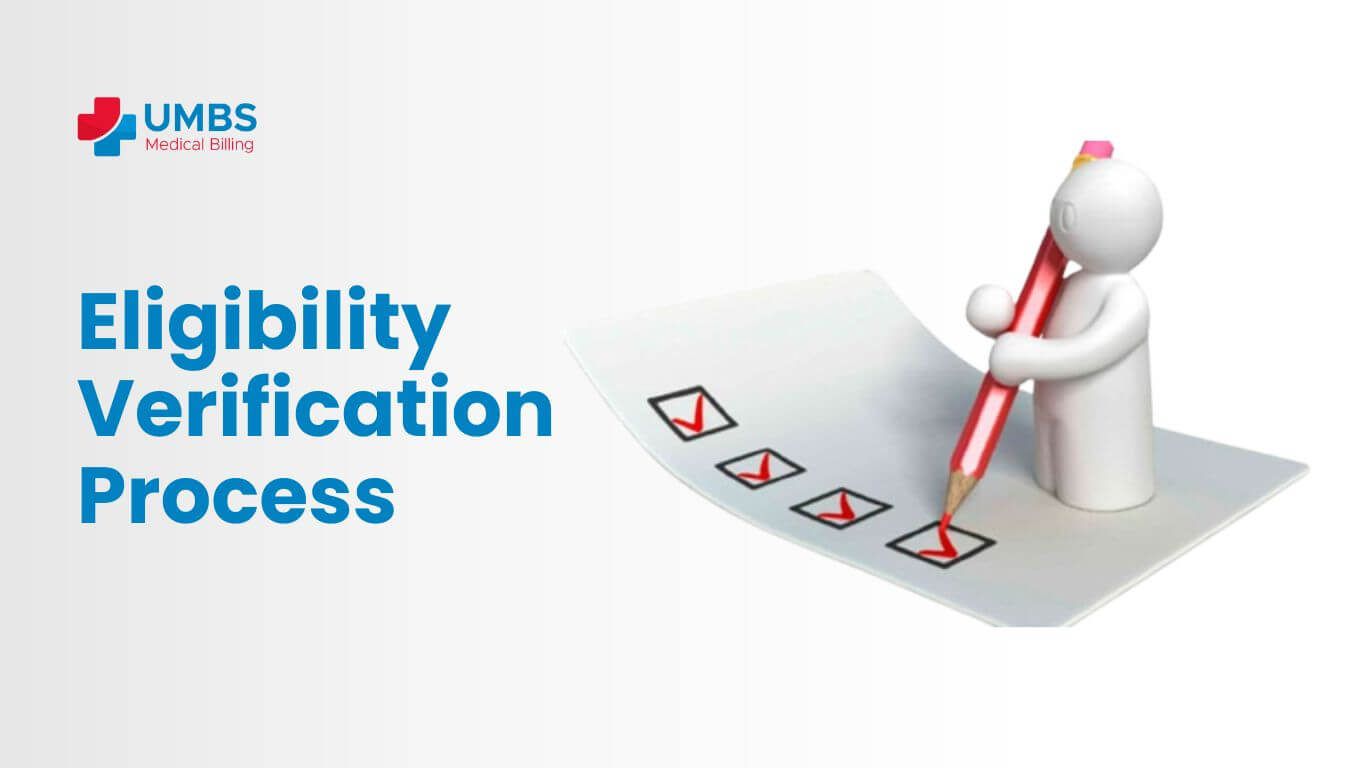We report procedures and services related to therapy, surgery, and diagnosis using medical billing codes. Using these billable unit codes, we bill commercial health insurers and government health insurance programs like Medicare for physical therapy treatment services.
In this blog, we have illustrated the entire process of how therapists decide what to charge Medicare for outpatient therapy sessions.
What 8 minute rule is?
According to this rule, you have to administer direct treatment for a minimum of eight minutes in order to be eligible for Medicare reimbursement for a time-based code. The 8-Minute Rule applies to time-based codes.
There are two kinds of billing codes that we can apply to speech-language pathology (SLP), occupational therapy (OT), and physical therapy (PT):
- Time-based units
- Service-based units.
To accurately charge, you must comprehend these two sorts of CPT codes.
A time-based CPT code differs from a service-based CPT code in that it is dependent on the actual amount of time spent with a patient, or in group therapy, “patients.” This is particularly crucial when charging Medicare. Providers who use time-based codes must treat patients directly for a minimum of eight minutes in order to be compensated.
Time-based CPT Codes:
CPT codes that are time-based differ slightly. Time-based codes, sometimes referred to as “constant attendance” codes, are paid in 15-minute intervals. In other words, a provider is paid for the actual time they spend providing the service.
Time-based (or constant attendance) codes permit variable billing in intervals of fifteen minutes when a clinician offers a patient one-on-one services like electrical stimulation, ultrasound, manual therapy, therapeutic exercise, and neuromuscular re-education.
We use a time-based code for billing services, such as the following:
- For manual treatments, the therapeutic workout CPT code is 97110.
- CPT Code: 97140;
- CPT Code for Ultrasound: 97035
Service-Based CPT Codes:
You would utilize service-based (or untimed) codes for things like administering hot or cold packs, doing electrical stimulation (unattended), or completing physical therapy evaluations or re-evaluations. You can only bill for one code for these kinds of treatments, so it doesn’t matter how long the treatment takes to finish—15 or 45 minutes.
Service-based (or untimed) codes bill Medicare for services like physical therapy or outpatient procedures that have been rendered.
The CPT codes for assessing physical therapy are 97163, 97161, 97162, or 97164. Reassessing the patient CPT Code: 97164
Warm/cold packs CPT Code: 97010
Regardless of the duration of treatment or therapeutic activities, therapists are only permitted to bill for a single CPT code following the delivery of service-based treatment.
How are billable units calculated?
As part of your billing procedures, Medicare adds the total minutes spent on one-on-one therapy and divides the total by 15 to determine the number of billable units for a patient. Providers are entitled to charge for an additional unit if eight or more minutes remain. However, we are unable to bill for two units if there are only seven minutes left.
Expert in compliance, Tom Ambury, provided the following examples:
Example #1
You complete eight minutes of ultrasonography (US), fifteen minutes of manual therapy (MT), thirty minutes of therapeutic exercise (EX), and fifteen minutes of unattended electrical stimulation (ESUN) on a single service date. You would include the following constant attendance techniques and modalities in order to accurately calculate the charge:
There are 53 direct-timed minutes, supporting four billing units (30 min + 15 min + 8 min). Five units of supervised billing are supported by fifteen minutes of ESUN.
That concluded the cumulative part. You need to figure out how many complete 15-minute units you did for the distribution section. Three out of four units are present in this case, consisting of two complete 15-minute EX units and one complete 15-minute MT unit. The remaining charge is for eight minutes of ultrasonography. Therefore, two units of EX, one unit of MT, one unit of US, and one unit of ESUN would be the correct billing.
Example #2:
You execute thirty minutes of therapeutic exercise (EX), twenty-five minutes of neuromuscular therapy (NM), seventeen minutes of manual therapy (MT), thirteen minutes of therapeutic activity (TA), eight minutes of ultrasonography (US), and fifteen minutes of unattended electrical stimulation (ESUN) on a single date of service. You would include the following constant attendance techniques and modalities in order to accurately calculate the charge:
Six billing units are supported by the 93 direct timed minutes that are equal to 30 min + 25 min + 17 min + 13 min + 8 min. An additional supervised billing unit, for a total of seven units, is supported by the fifteen minutes of ESUN.
That was the cumulative part as of right now. You need to figure out how many complete 15-minute units you did for the distribution section. Four units of charge are supported in this case by two complete 15-minute units of EX, one full 15-minute unit of NM with ten minutes remaining, and one full 15-minute unit of MT with two minutes remaining.
However, what should be done with those extra minutes? Remind yourself that we are down to 13 minutes of TA, 10 minutes of NM, 8 minutes of US, and 2 minutes of MT. Which two extra units are justified by this, though? Compare the time remaining from the incomplete units to ascertain this, and then bill the two largest remaining units. You would add one unit of TA (thirteen minutes) and one unit of NM (ten minutes) in this case.
Therefore, two units of EX, two units of NM, one unit of MT, one unit of TA, and one unit of ESUN would be the right billing.
Ambury asserts that doing the math is essential to following the 8-Minute Rule. Determine the total units justified by the allotted time as well as the full 15 minutes. If more units are justified by the allotted time, compare the minutes of the remaining partial units and bill the bigger amount.
Now, you can be sure that you’re paying correctly and in accordance with the 8-Minute Rule with the abundance of assistance and notifications that an excellent EMR will provide you. Even so, you should review the fundamentals and double-check your work to make sure everything is in its proper place.
Documentation of the 8-minute rule:
When it comes to the documentation of physical therapy treatments, the 8-minute rule is essential. To find out how many physical therapy billing units a practice can charge for, accurate time keeping of the minutes spent on each physical therapy service is required.
It is imperative for therapists to make sure that the minutes of manual therapy and other time-based services are accurately documented. The 8-minute rule states that inaccurate documentation of manual therapy or other treatment minutes may result in erroneous invoicing and possible problems with Medicare.
It is better for individuals in charge of revenue cycle management or billing for physical therapy to consider the number of billable units rather than the overall number of minutes. In this sense, having the appropriate EHR, or medical billing software, may be medically necessary.
The Verdict on Documentation
To put it another way, documentation needs to be thorough, accurately represent the service, support the clinical reasons for the course of therapy, and be simple enough for another physician to understand.
Medicare may approve the additional minutes spent evaluating and managing a patient if a healthcare professional can clearly justify and defend those minutes, leading to more comprehensive, billable units.
Final Verdicts
To sum up, the 8-minute rule is a crucial component of invoicing and record-keeping for physical therapy. It is how billable units are determined and how time-based services, such as therapeutic exercise and manual therapy minutes, are documented.
This is applicable to physical therapists (PTs) in both in-person and remote patient monitoring scenarios, and it is not contingent on the patient’s Medicare insurance status. This is true for medical professionals who give group and individual treatments as well as services like electrical stimulation and neuromuscular.
Physical therapists working in clinics, hospital outpatient departments, and inpatient acute settings must have a solid awareness of the 8-minute rule in order to assure proper billing and adherence to Medicare regulations.






1 thought on “8 Minute Rule in Physical Therapy Billing”
Pingback: 50 Common CPT Codes for Physical Therapy Billing - Docvaz